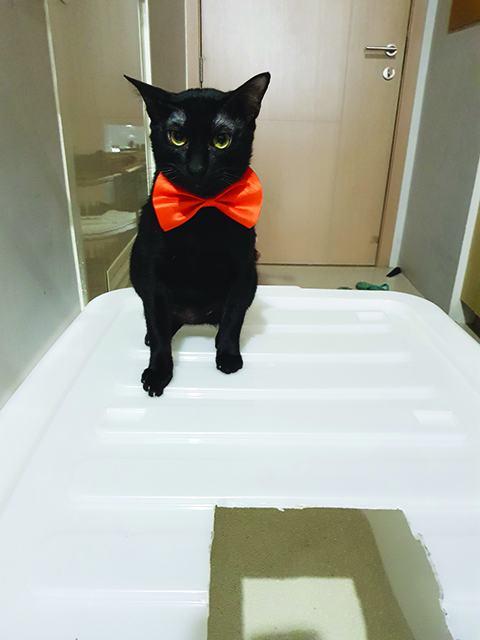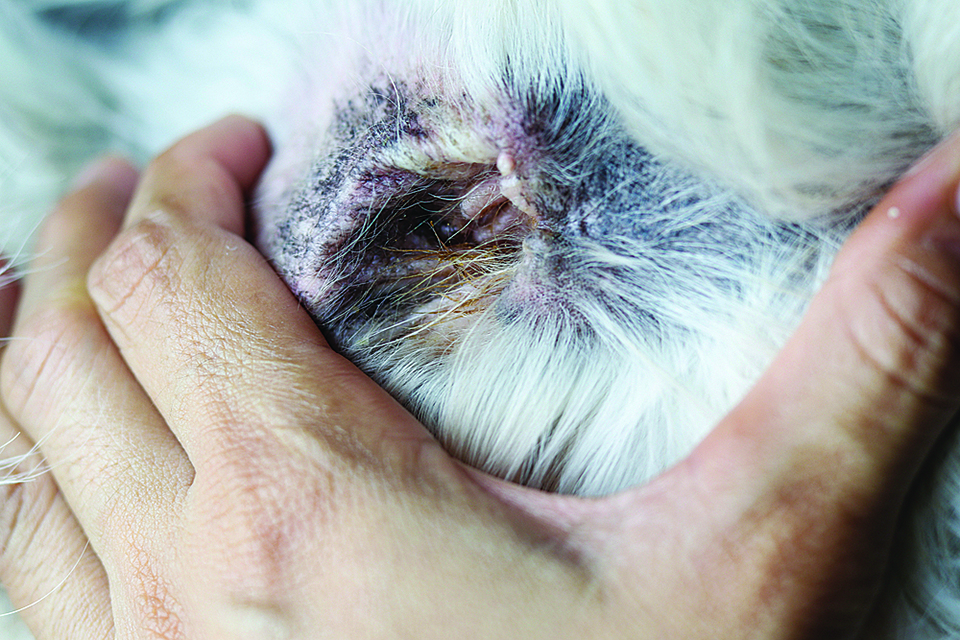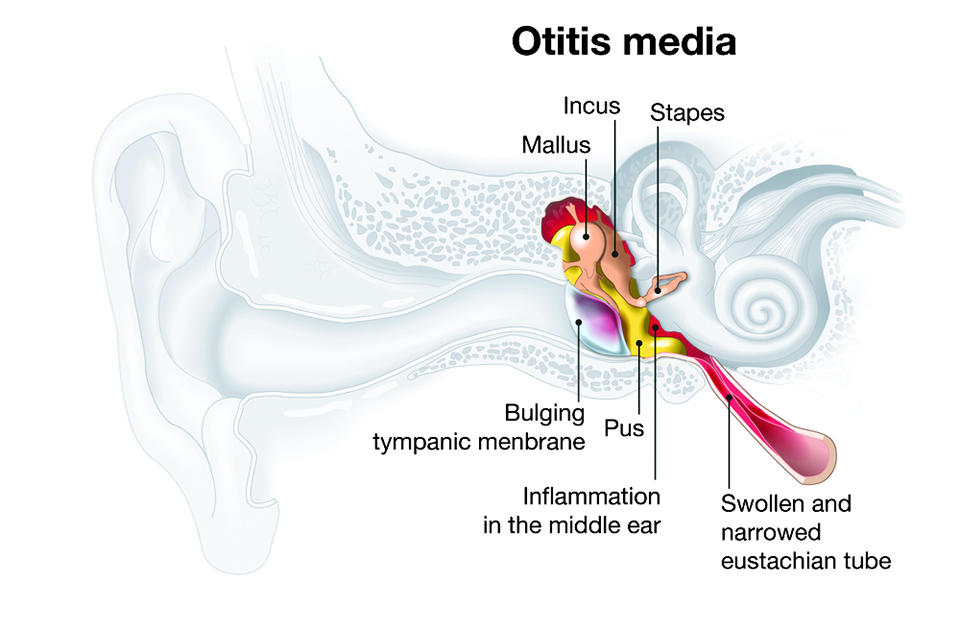WHAT CAUSES THEM ?

Loss of hair, medically termed alopecia, is a common sign observed in different skin problems. In cats, self-induced alopecia is the most common form, which occurs when hair is removed due to excessive scratching.
Mike Francisco, a cat parent, is no stranger to feline alopecia after two of his adopted cats Atom and Molly started showing bald spots on their black fur. Animal Scene interviews him to find out what’s behind their shared condition.
WHAT CAUSES ALOPECIA IN CATS?
There are various factors and conditions that can lead to hair loss. Alopecia may be a dermatological marker for different internal diseases, such as hyperadrenocorticism, chronic liver disease, and chronic renal failure. It may also be due to pathologic agents, such as parasites, bacteria, and fungi.
Alopecia can also be due to drug reactions and food allergies, or trauma from excessive scratching or fights.

POSSIBLE INFECTION
In August 2020, Mike noticed bald spots on different parts of Molly’s body. Not long after, he noticed bald spots on his other cat companion, Atom.
Given how the condition existed in both cats, the problem seemed to be infectious. Mike and his cat parent friends suspected that the cats might have a ringworm infection. As those can be passed on from animals to humans, he immediately disinfected the whole house and brought Molly to a veterinarian. Luckily, Mike did not experience any skin problems at all.

ARE RINGWORMS CAUSED BY WORMS?
ot at all! Despite its name, a ringworm is not caused by worms. It is due to a group of fungi specifically known as dermatophytes, and the medical term for the condition is dermatophytosis.
The term ringworm came from the appearance of the skin lesion, as it looks like a ring. (Worth noting is the fact that not all cases of dermatophytosis appear ring-shaped.)
LARGEST ORGAN
Being the largest organ of the body, the skin carries out vital functions. It maintains a stable internal environment, plays part in active immune response, and is responsible for the sense of touch.

TRICKY DIAGNOSIS
It was not an easy experience for Mike and Molly as it took them a couple of vet visits before they were able to finally find out what the real problem was with Molly and what was causing the balding.
Different skin problems, such as mange and dermatophytosis, were ruled out with different tests and treatment. Molly’s vet observed that his ears were always moist, so an ear swab was done to test for ear mites, which turned out negative.
Eventually, Molly was diagnosed with otitis media.

EAR ITCH, BALD SPOTS
Otitis is a term used to denote the inflammation of the ear and can be classified further into otitis externa, media, and interna, depending on which ear structures are affected and on the depth of the inflammation.
Otitis media, which Molly was diagnosed with, is the inflammation of the middle ear. A cat with otitis media would show signs like head shaking, rubbing or scratching of the infected ear, and head tilting. Without treatment, it can lead to otitis interna or the inflammation of the inner ear, which is more serious as it can cause loss of balance and deafness that may or may not be reversible.

ATOM AND MOLLY
According to Mike, Atom and Molly are opposites. Atom is very friendly, while Molly is more reserved, stubborn, and shy, although he is sweet and is eager to knead.
When Mike adopted Molly, “[It was the] first time I saw a cat [who] was very appreciative to be adopted and it melted my heart.”
They were both named after particles that make up matter: atoms and molecules.

BYE, BALD SPOTS!
In Molly’s case, the bald spots were not caused by microbes, but by scratching due to itchiness. And as for Atom, his bald spots were not caused by any condition – he got them from play-fighting with Molly!
Mike made sure to give Molly his prescribed medication. The beautiful black cat is now recovering, with a few growth of hair now evident in the bald spots. He is also alert and eats a healthy diet.
If your cat has bald spots, schedule a visit to your trusted veterinarian. Although it may seem like a simple skin condition, it may not be – and it’s better to be safe than sorry.






